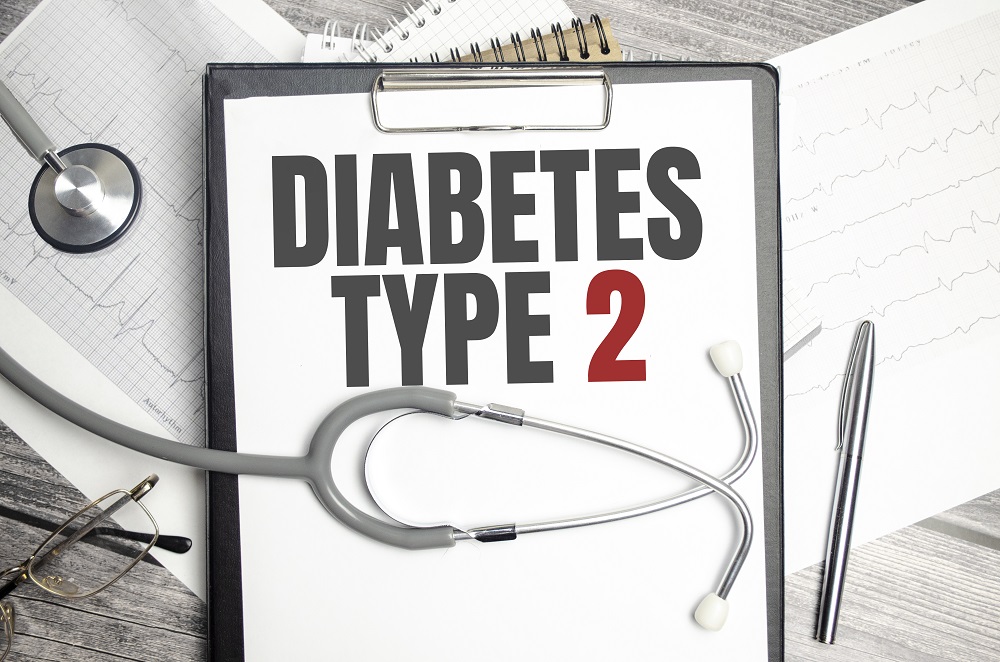
- June 28, 2023
- drsfurtimann
- 0
ADA/EASD Consensus Statement for treatment of type 2 diabetes and came across the headline : ‘Importance of 24 Hour Physical Behaviors For Type 2 Diabetes’. 24 hours?

This consensus statement gives a new depth to advice on physical activity – not only exercise, but also sitting-standing, stepping – and a new section on sleep
I have summarized some key points as under .
1. Sleep :
Sleeping for less than 6 hours or more than 8 hours, negatively impacts diabetes control.
Over half of people with type 2 diabetes have obstructive sleep apnea, which can have many negative health consequences – so important to test and treat!
irregular sleep results in poorer blood sugar control, likely influenced by a higher likelihood of insomnia, obstructive sleep apnea, and restless leg syndrome in people with type 2 diabetes
night owls may be more susceptible to being less active and having poorer blood sugar control than early birds.
Not only duration good sleep quality can improve: blood sugars, blood pressure, cholesterol, depression, and quality of life.
2. Stepping:
Just an increase of 500 steps per day is associated with a 2-9% decreased risk of cardiovascular events and all-cause mortality (death).
Walking briskly just 5-6 minutes per day equates to about 4 years of greater life expectancy
Increasing steps can improve: sugars, blood pressure, cholesterol, physical function, depression, and quality of life.
3. Sitting: Limit prolonged sitting. Breaking up prolonged sitting every 30 minutes with short bouts of slow walking or simple resistance exercises can improve glucose metabolism
limiting/breaking up sitting can improve: blood sugars, blood pressure, cholesterol, physical function, depression, and quality of life
4. Physical Activity: as little as 30 minutes per week of moderate physical activity improves metabolic health
At least 150 minutes per week of moderate activity, or at least 75 minutes per week of vigorous activity, spread over at least 3 days per week is recommended (with no more than 2 consecutive days of inactivity) supplement wtih 2-3 resistance, flexibility and/or balance sessions
moderate to vigorous activity can improve: blood sugars, blood pressure, cholesterol, physical function, depression, and quality of life.
5. Muscle Strengthening:
resistance exercises improve insulin sensitivity and blood sugars
activities like tai chi and yoga also help with flexibility and balance.
Muscle strengthening can improve: blood sugars, blood pressure, cholesterol, physical function, depression, and quality of life.
